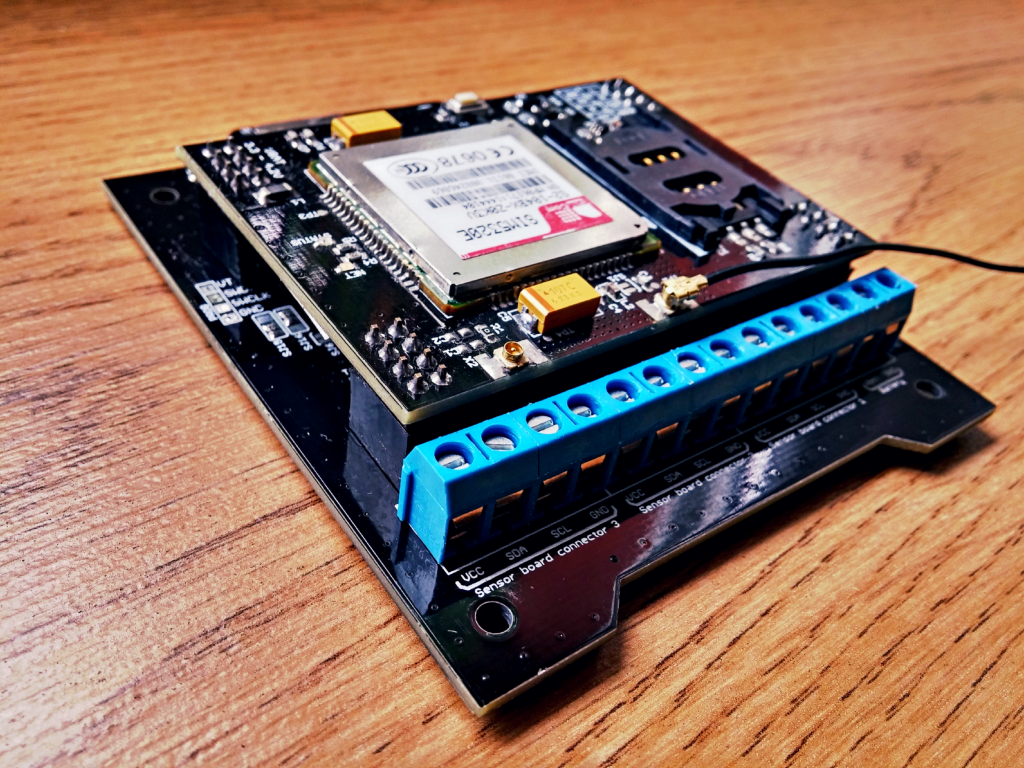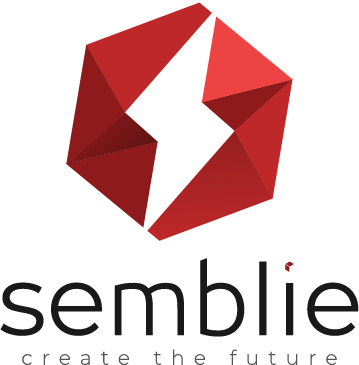HOW TO BUILD A HARDWARE PRODUCT FROM AN IDEA
Get your idea to the market FAST
All great products emerge from ideas that solve real-world problems. What problems does your idea solve? What are the benefits for the consumers? If you have answers to these questions, you’re almost halfway there. Great. Now, how can you know that your new product is commercially viable? Assuming that you have researched the market thoroughly, you need to know the price of your hardware product. If you don’t have a technical background, you will most likely need to hire someone to assess the price of your future product.
Now that you know the costs of production, do you have enough money needed to start and have a steady production of your product? Do you need investments? Will you look for crowdfunding? Either way, you want to give the physical form to your concept and showcase it, be it to investors, or on your crowdfunding campaign. You want your investors and potential customers to be able to take the physical representation of your idea in their hands and try it out. Feedback is the most important part of the product development cycle and you need to get that feedback as soon as possible.
For this reason, you want to narrow your product to the core features that differentiate it from the rest as these are the ones that you need the feedback for the most. You need to learn from mistakes fast and early on your path of product development. What you need is the development of a minimum viable product (MVP).
Hardware development is hard and time-consuming
Hardware prototyping requires a broad skillset, from understanding electrical circuit design, knowledge of components, PCB design, soldering, embedded software programming, to 3D design for the enclosure. It is time-consuming and the learning curve is steep, to say the least. You can initially use breadboards and hardware modules from sites like Adafruit or Sparkfun – this approach is good for feasibility testing but is still time-consuming. You will most likely end up with something like this:

This, of course, is not something you want to show to potential customers or investors! A breadboard prototype can be used for validating proof of concept and we at Semblie sometimes adopt this approach to verify new electronic designs and to test new communication modules.
If you know that your product is viable, you can start on hardware development. First comes the printed circuit board (PCB) design – a process in which we place all the pieces from separated boards onto a single compact PCB. In order to ensure optimal quality for our clients, we order our PCBs directly from a reputed PCB manufacturer. Once we receive the PCBs, assembly of the electronic components onto the boards. Sembler’s philosophy is to incorporate facets of DFM from the very onset of the product development cycle in order to reduce potential time to market and design costs. We think closely about how all parts will be assembled during the manufacturing stage and also take care of component selection in order to ensure a painless transition from the prototype to the manufacturing stage.

The software is also developed and uploaded to a microcontroller and all of the electronics are inserted into the enclosure designed to fit and most often 3D printed or CNC machined.
This process is iterated until the product is fine-tuned in accordance with consumer feedback for the best user experience. After a sufficient number of MVP iterations, we end up with a final prototype that is almost ready for manufacturing.
Another big step in the product development cycle is EMI (Electromagnetic interference) certification. This is a legal requirement in many countries and is often time-consuming, taking up to 10 months in some cases. For example, selling consumer electronics products in the USA requires an FCC, IC for Canada, CE for Europe and the list goes on. These certifications ensure that your device conforms to local EMI regulations. At Semblie we usually advise our clients to use pre-certified wireless communication modules in order to make the certification process less costly and time-consuming.
How to speed up your hardware development?
Our mission is to help people present their ideas to the world. Today, prototyping is easier than ever due to the advancement of rapid prototyping technologies, but still requires great expertise in the fields of electronic circuit design, PCB design, software development, mechanical analysis and UX oriented design. Semblie possesses extensive expertise across all these fields and can help turn your idea into reality. Utilising our services gives you the benefit of focusing on the commercial aspects of your business while we work hard on building you an excellent product.

S
